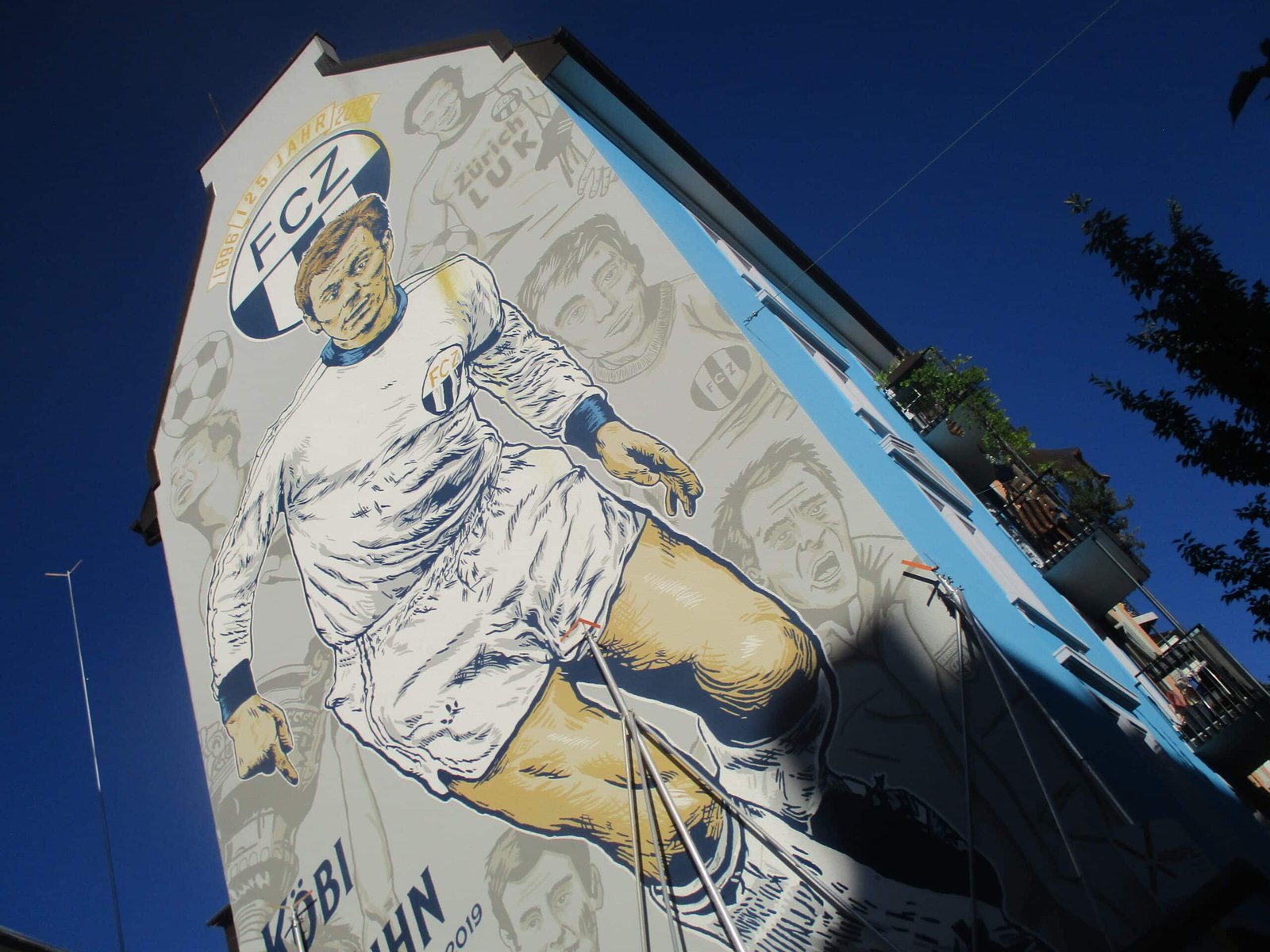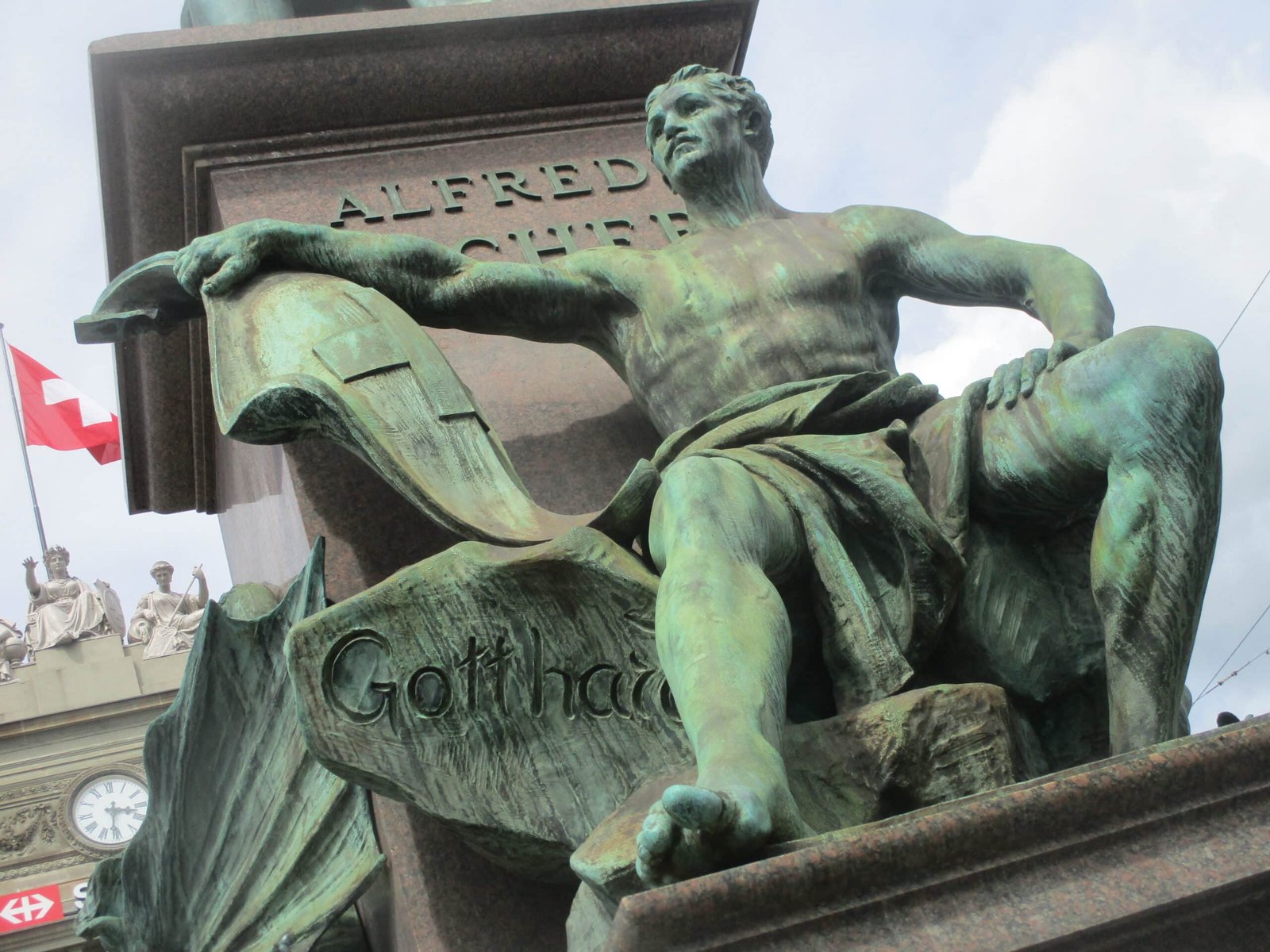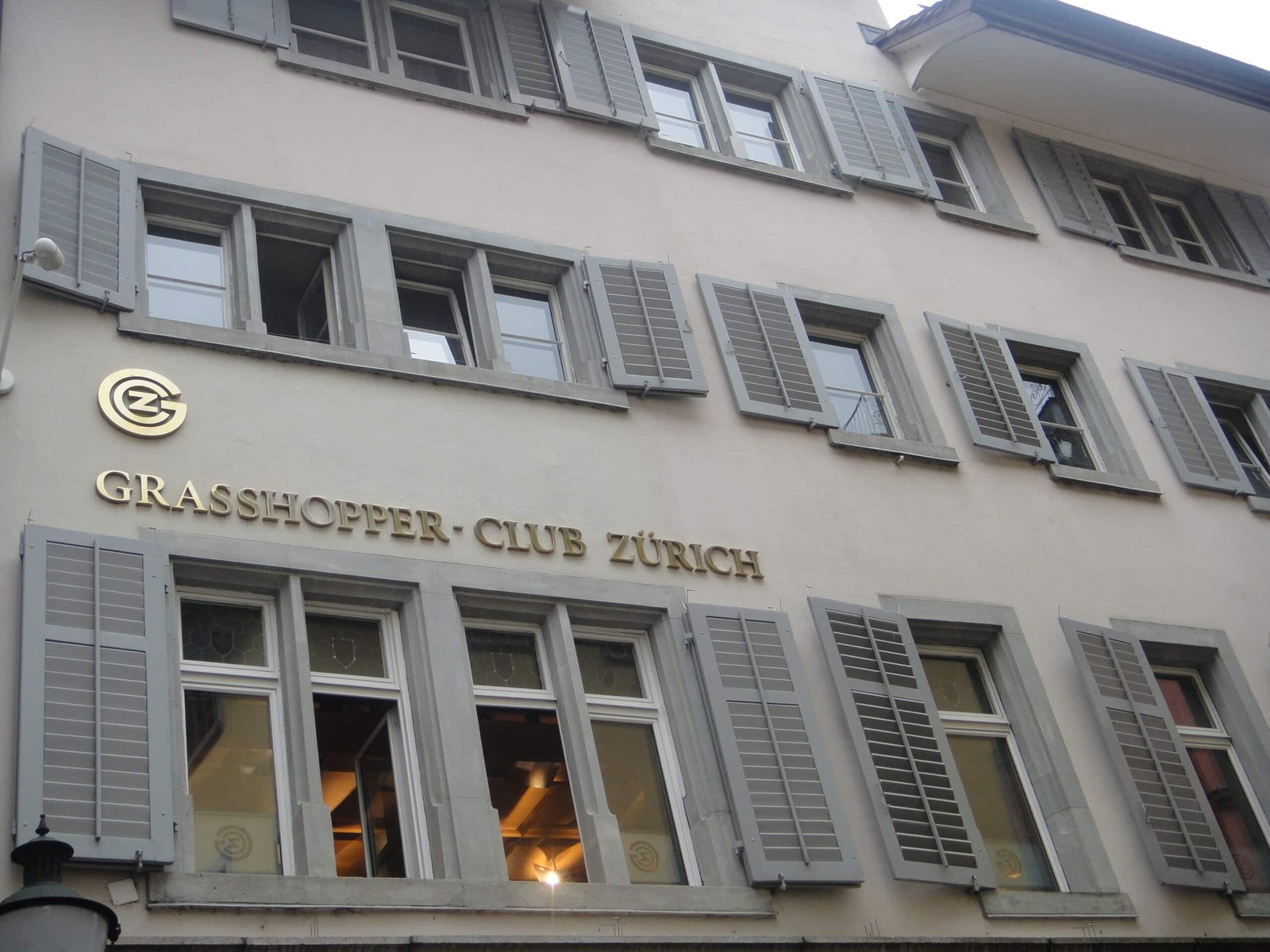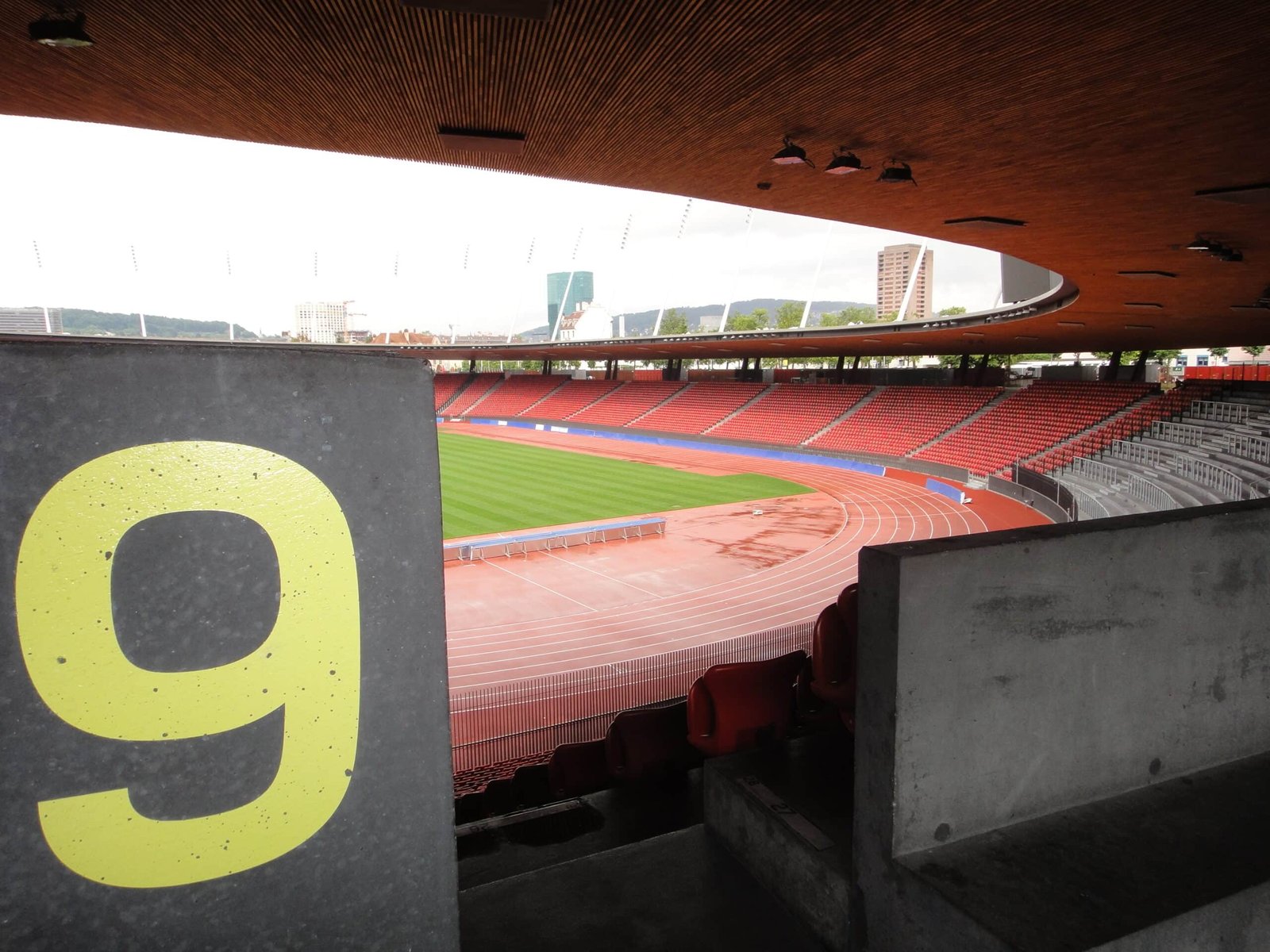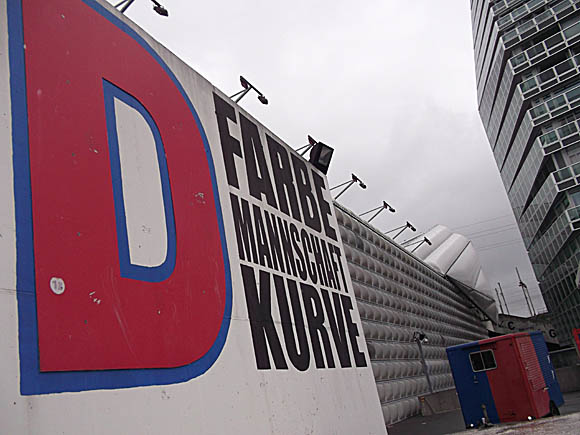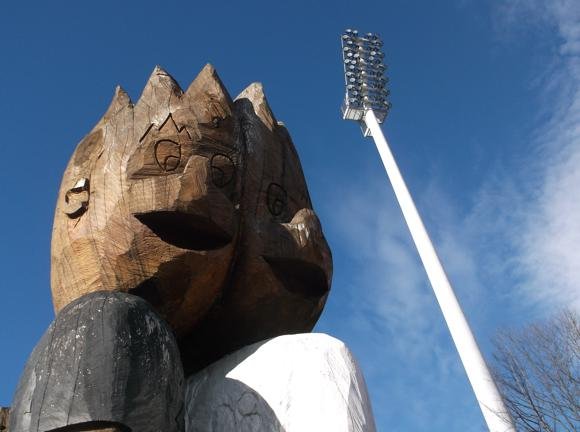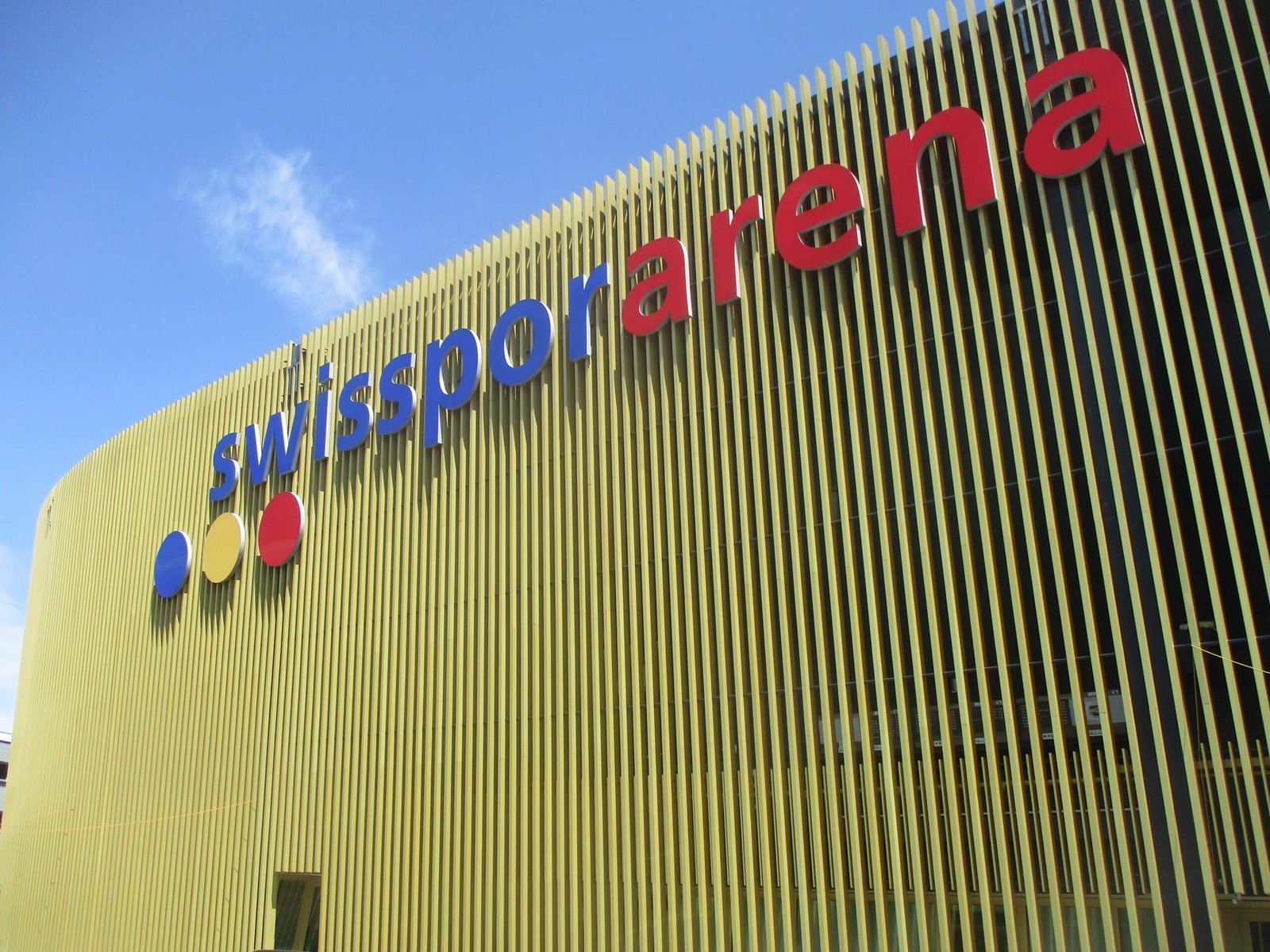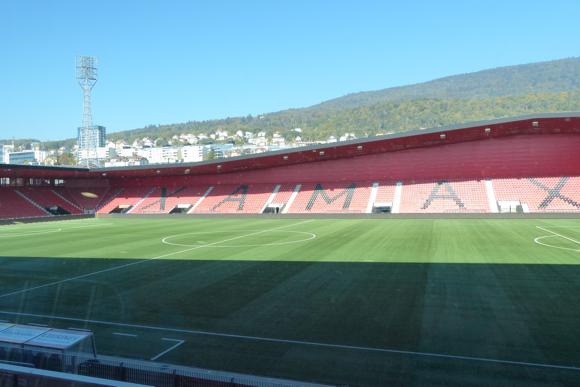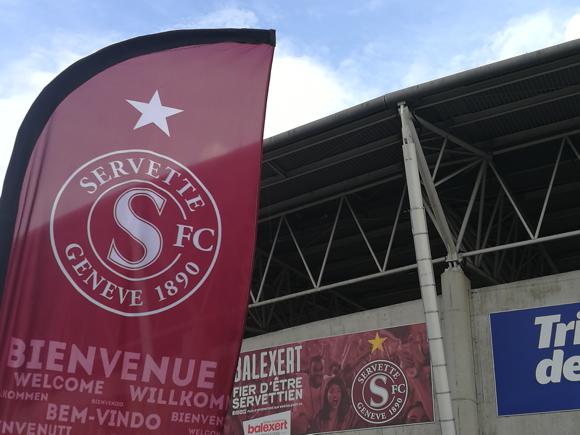A fan’s guide – the club from early doors to today
Champions for the 13th time in 2022, FC Zürich are a populist team in Switzerland’s most populous city. All around town, you’ll see FCZ graffiti, their shop and museum are slap in the city centre, and their followers are responsible for engaging urban initiatives.
As well as re-establishing themselves among the Swiss elite, FCZ have long eclipsed city rivals Grasshoppers, with whom they share the Letzigrund stadium.
Der Stadtclub (‘The City Club’) date back to 1896 but few details are known of the merger of FC Viktoria, FC Excelsior and FC Turicum, who were created by junior members of Excelsior. Hans Gamper, the historic figure who, as Joan Gamper, founded FC Barcelona, was involved in the process and may have played for the new club as captain for a season.
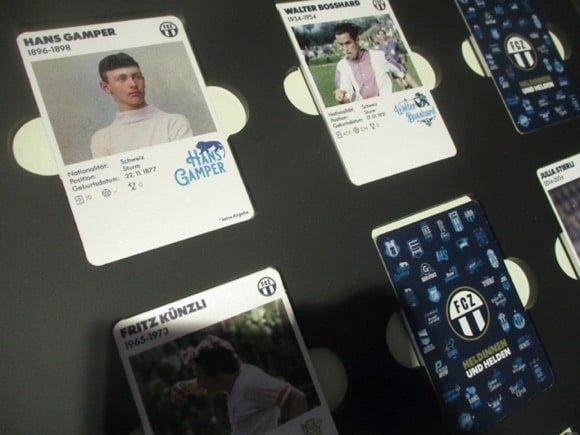
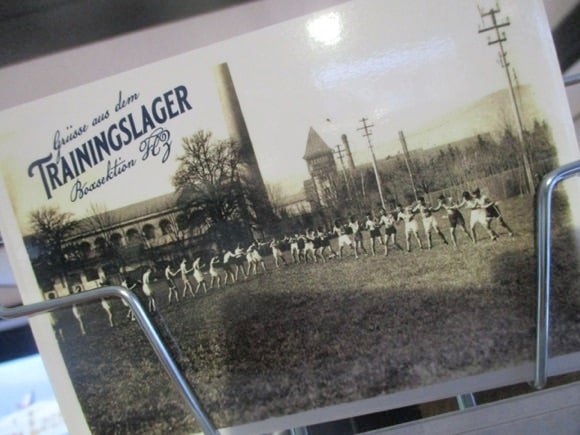
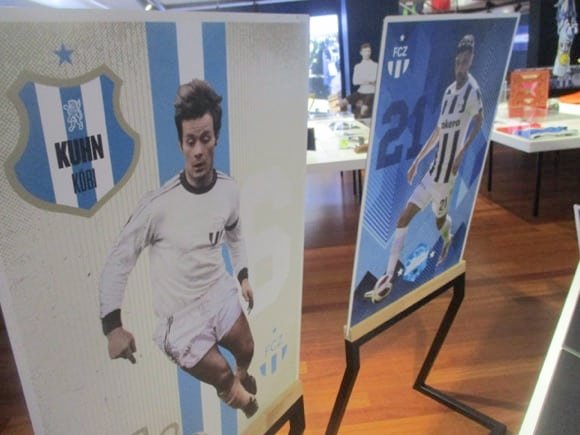
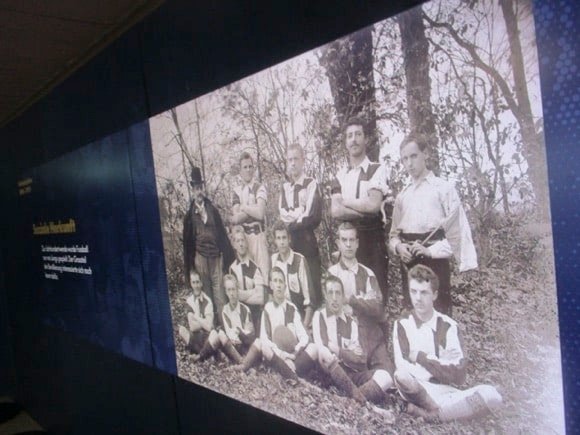
The original FC Zürich wore red, changing to their current blue and white in 1909, by which time they had picked up a first Swiss title, beating two teams from Berne in the play-off for the 1902 championship. Under Viennese coach Jan Studnicka, FCZ won a second title in 1924. Star player was 21-year-old Paul Sturzenegger, who would then go on to score five goals in Switzerland’s run to the Olympic Games football final.
A year later, FCZ built the Letzigrund, a multipurpose sports stadium for the club’s various activities. Soon to stage Switzerland’s international matches and cup finals, it also witnessed the slow demise of its owners, forced to sell the arena to the City of Zürich a decade later.
FCZ only picked up after the legendary Edi Nägeli became club president in 1957. With his trademark hat and cigar, this owner of a chain of tobacco kiosks oversaw his beloved Stadtclub during their glory years. With German international Klaus Stürmer in prolific form and locally born Köbi Kuhn a precocious midfielder, FCZ won the first of six titles in the Nägeli era in 1963.
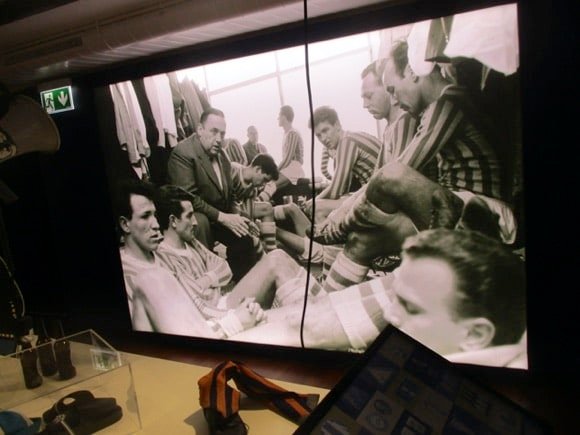
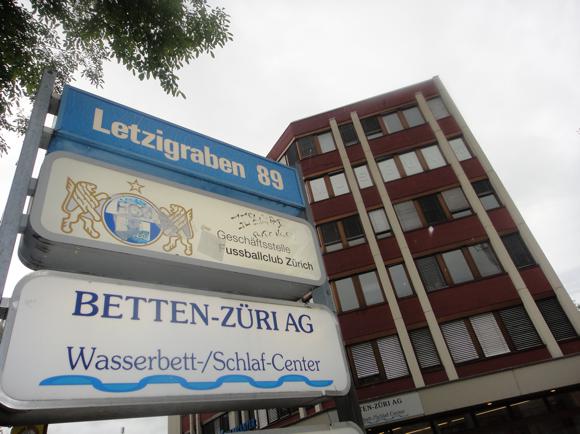
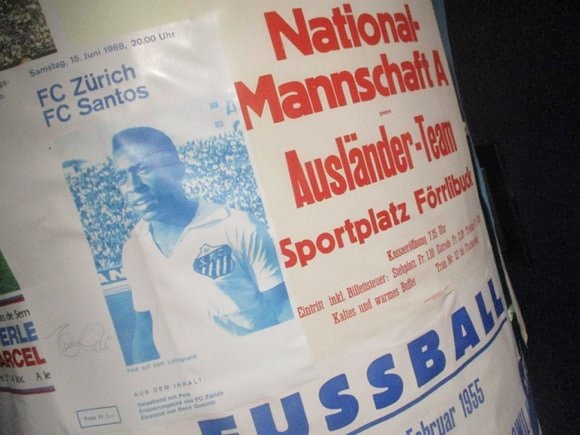
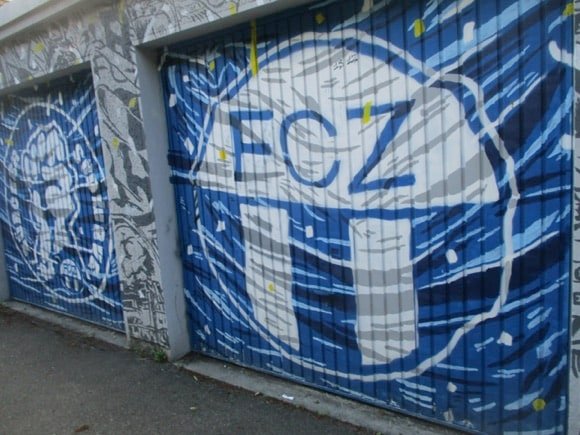
A year later, winning through on the toss of a coin over Galatasaray in front of 600 at the Stadio Flaminio in Rome, FCZ reached the semi-final of the European Cup. Ageing members of the historic Real Madrid side still had enough in the tank to beat the Swiss 6-0 at the Bernabéu.
In the warm-up for the home leg against Galatasaray, a Swiss second division XI match featured 17-year-old striker Fritz Künzli, whom the eagle-eyed Nägeli picked up immediately. His goals helped FCZ to do the double in 1966 and win another title in 1968. Knocking out Barcelona and Nottingham Forest, the Zürich side reached the quarter-finals of the Fairs’ Cup that same year, but didn’t make further progress in Europe until René Botteron became an established figure in midfield.
Winning three consecutive titles in the mid-1970s, goals first coming from Daniel Jeandupeux, then Yugoslav international Ilija Katić and Sicilian striker Franco Cucinotta, FCZ beat Rangers and Dynamo Dresden to make another European Cup semi-final in 1977. Kevin Keegan’s Liverpool then exposed another gulf in class with a 6-1 aggregate win.
For revered team captain Kuhn, who had been sent home in disgrace from the Swiss camp at the 1966 World Cup for breaking curfew, the heroic run proved a fitting farewell to the international stage. A one-club man, he would later be honoured by FCZ fans with a huge mural on Zentralstraße.
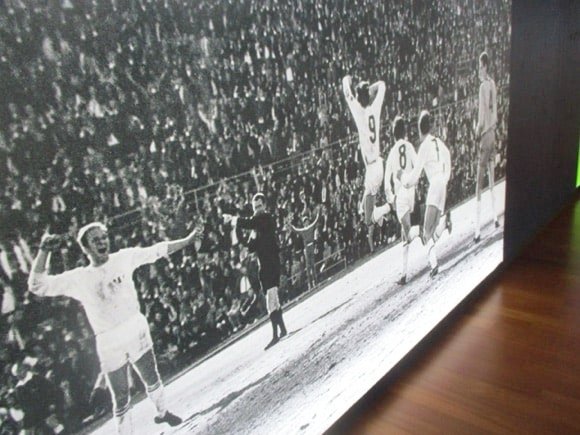
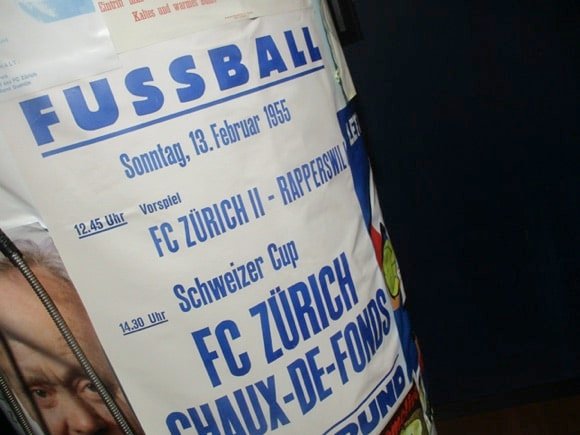
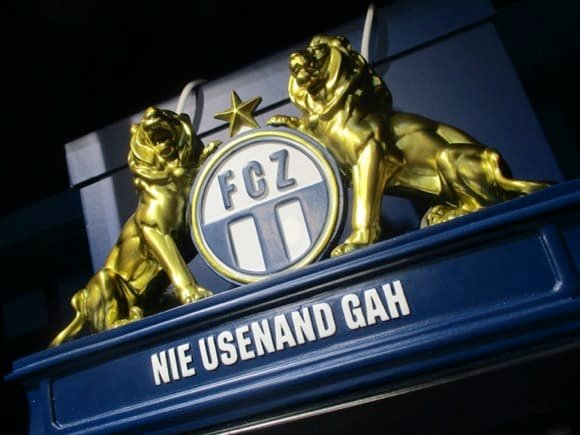

After Nägeli’s death in 1979, Jeandupeux turned coach to take Zürich to the Swiss title in 1981 before a two-decade long period of stagnation and relegation.
Thanks to a goalscoring machine from Conakry, the Guinean Keita, and former Servette star Lucien Favre as coach, Zürich sparked back to life. Winning the Swiss Cup in 2005, the following season FCZ trailed incumbent champions Basel in the league.
Needing a win in the last game at Basel’s impregnable fortress of St Jakob Park, the home side looking for a third straight title, FCZ took the lead through Keita. Going into stoppage time, the score pegged at 1-1, Zürich’s Iulian Filipescu struck with the very last kick of the game, giving the visitors a shock title win and igniting the worst riot in Swiss football history. Filipescu was one of several FCZ players targeted by Basel hooligans, using fists, feet and fireworks.
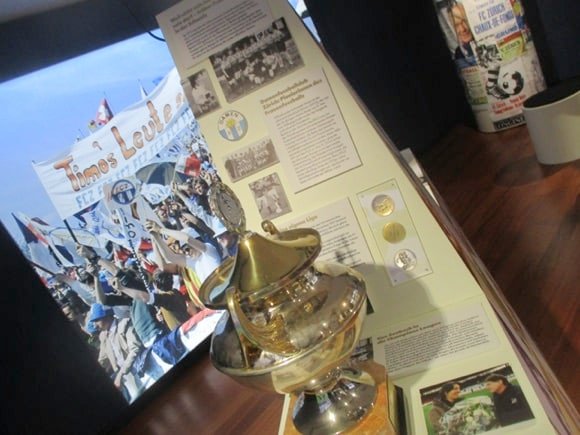
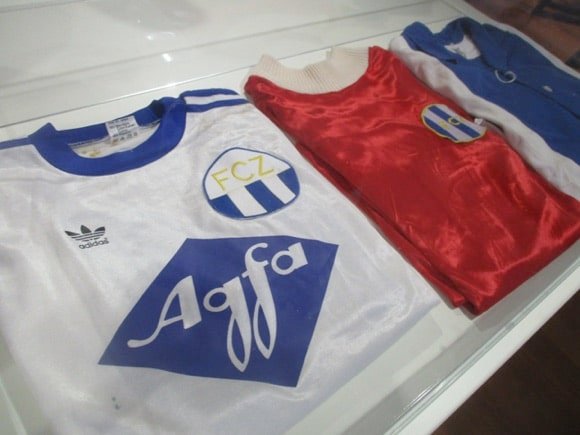
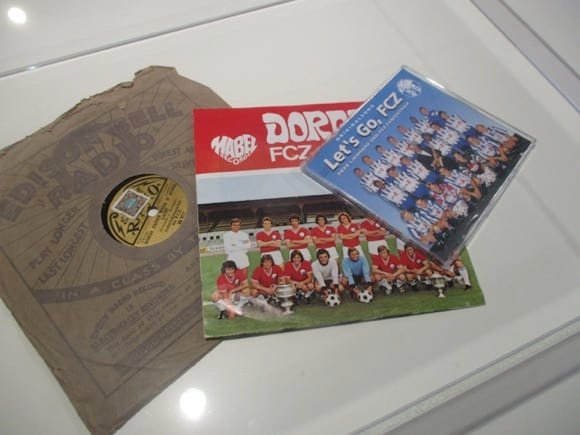
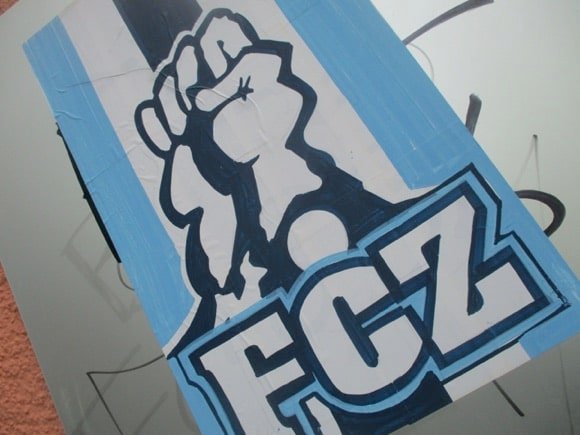
After Keita left for Saudi Arabia, Brazilian attacking midfielder Raffael stepped into his scoring role to keep the title at the Letzigrund for another season, FCZ staying just ahead of a very useful Basel side out for revenge. Favre’s consecutive titles saw him snapped up by Hertha Berlin before, under Bernard Challandes, Zürich won the league again in 2009. Quality play from Kosovo-born Swiss international midfielder Almen Abdi helped achieve it.
Making the Champions League group stage for the first and so far only time, FCZ landed in the glamorous company of Real Madrid, Milan and Marseille, filling the rebuilt Letzigrund and gaining a win and a draw. Two years later, Bayern Munich had too much for the Swiss in the play-off round before the group stage.
Mediocre domestic form would be tempered by two Swiss Cup wins, the first over now bitter rivals Basel in 2014, the second in 2016 coinciding with relegation from the Swiss Super League for the first time since 1988. Fans tried to storm the players’ tunnel despite the team’s 3-1 win over Vaduz – Lugano had beaten St Gallen 3-0 to stay up.
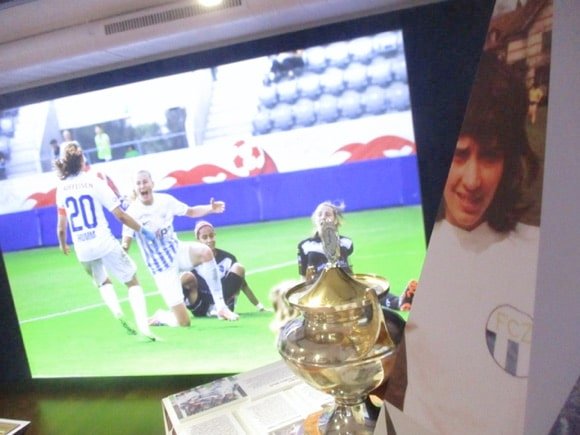
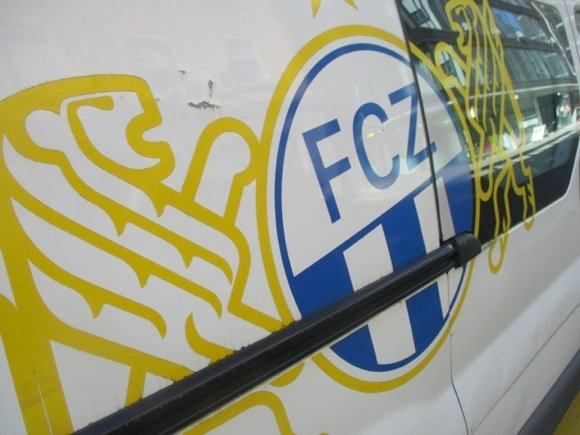
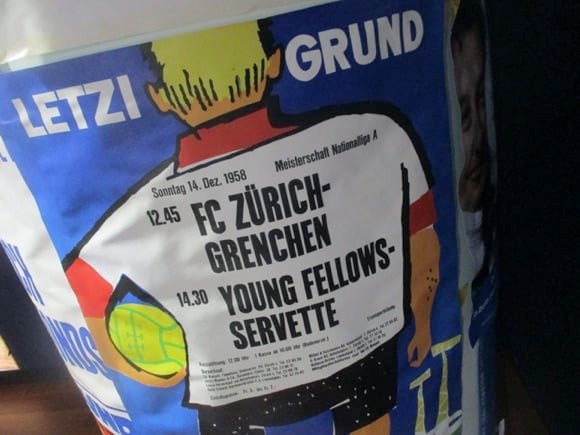
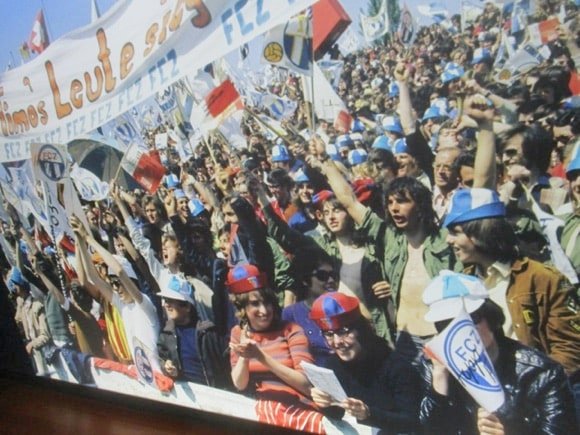
Losing only three games and scoring 91 goals, including 16 from 20-year-old Senegalese striker Moussa Koné, FCZ were crowned 2017 Challenge League champions, earning a swift return to the top tier.
Finishing among the European places in the league, FCZ added to their silverware with a tenth Swiss Cup, beating Grasshoppers with a stoppage-time goal in the semi-final. In his last season with the club he joined as a boy, unsung right-back Cédric Brunner struck in the 91st minute to earn himself immortality in FCZ lore – and a transfer to Germany, for several middling seasons.
In the final, Zürich overcame Young Boys’ home advantage in Berne and a red card on 67 minutes to build on top scorer Michael Frey’s early goal. The burly striker would soon be on his way, too, eventually ending up at QPR.

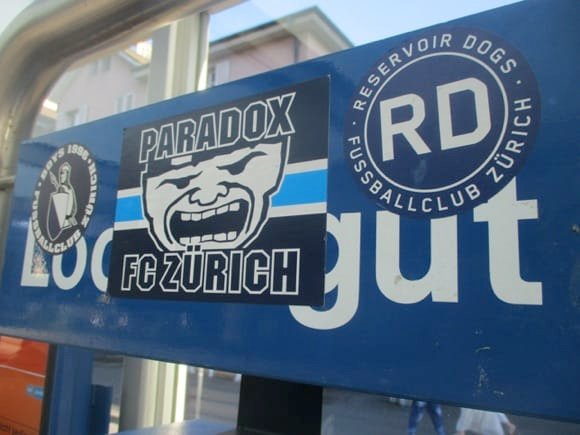
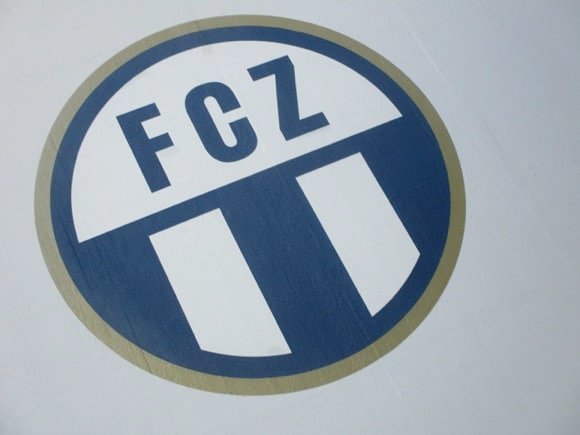
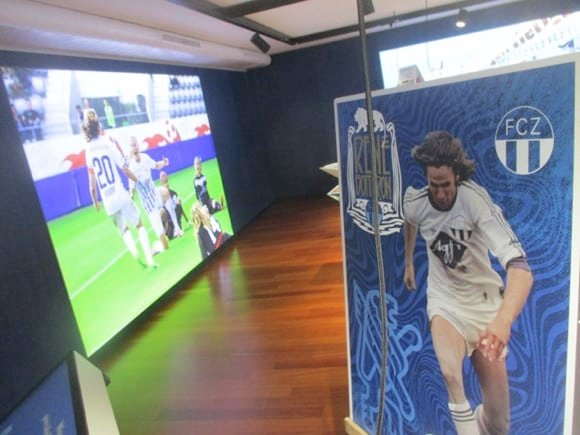
Despite the departures, FCZ made it through the group stage of the Europa League to meet Napoli in the Round of 32, 24,000 packing into the Letzigrund for a memorable night. Also noteworthy for the comical defending by the hosts, the game featured a confident penalty from prolific newcomer Benjamin Kololli, who had recently taken part in his native Kosovo’s first World Cup qualifying campaign.
Assists, and not the occasional goal, were provided by Italo-Swiss midfielder Antonio Marchesano, one of the rare highlights of several mediocre league campaigns until his departure in 2025.
Dealing with his absence before the 2025-26 campaign was incoming Dutch coach Mitchell van der Gaag, who probably had far trickier problems to overcome when working as Erik ten Hag’s assistant at Manchester United.
Stadium Guide
The field of dreams – and the story behind it
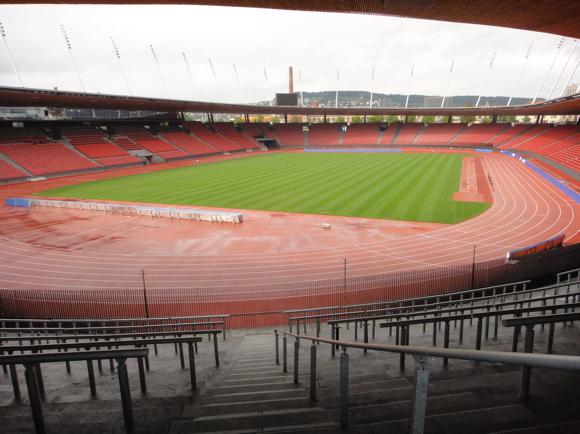
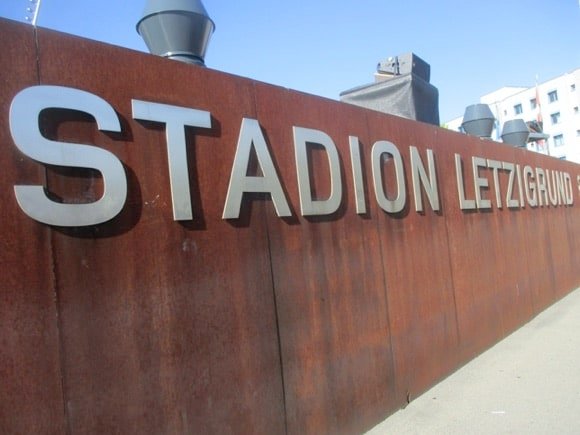

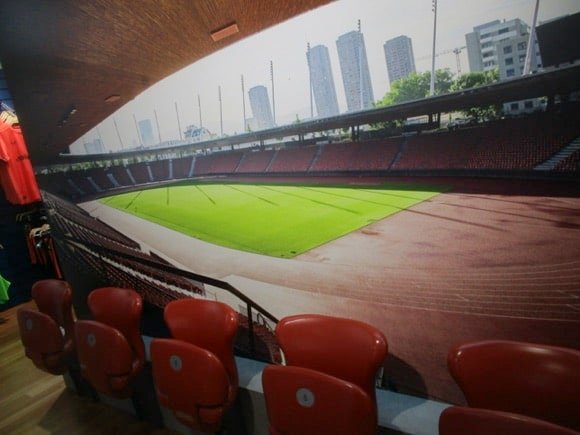
FC Zürich built the Letzigrund in 1925 but the economic conditions of the 1930s meant that the club had to sell it on to the City of Zürich just over a decade later.
Chosen as a host stadium for Euro 2008, the Letzigrund was completely rebuilt in 2007, when Grasshoppers moved in to groundshare.
Traditionally, FCZ fans occupy the Südkurve, with standing places for domestic fixtures in Sektor D, blocks 24-27. Away fans are allocated Sektor B at the opposite end, blocks 9-13.
For more background on the stadium, details of transport and surrounding bars, see Letzigrund.
getting in
Buying tickets – when, where, how and how much
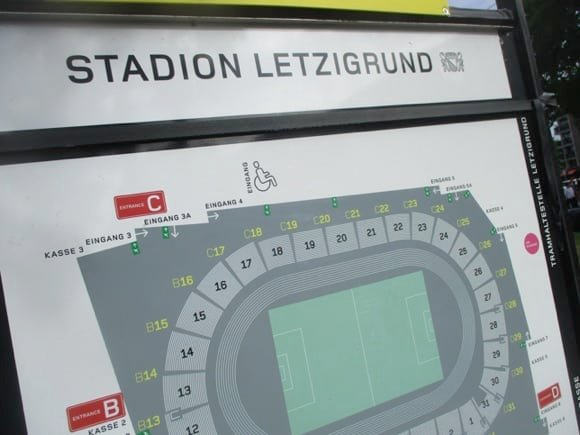
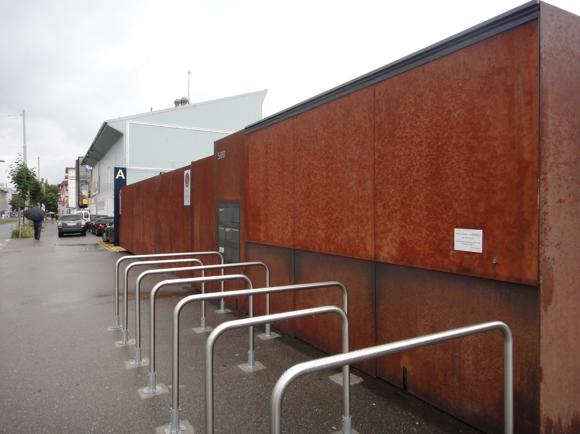
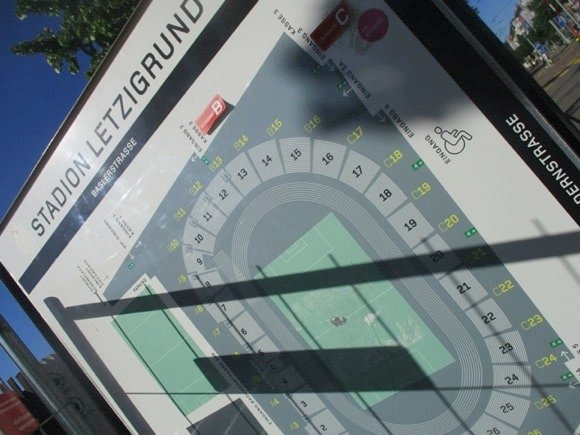
Advance tickets are distributed through the club website (German-only) and in person from the FCZ Fanshop (Mon-Fri 10am-6.30pm, Sat 10am-5pm) at Freischützgasse 1, a short walk from Zürich main station.
On the day, ticket windows 1-2 (Baslerstraße) and 4-5 (Badenerstraße) at the stadium open 90mins before kick-off.
Prices for the 2025-26 season start at SF25 for standing sections 24-31 between the Südkurve and the main stand. Spectators aged 7-18 are charged SF20 and it’s free for children six and under. It’s the same price at the north end opposite, which includes away fans in sectors 9-13.
In the stand lining Herdernstraße, a seat costs SF45/SF30, a prime seat in the main stand opposite, SF60/SF50.
For Topspiel games against Grasshoppers, Basel, Young Boys, St Gallen and near neighbours Winterthur, add SF10 for a seat, SF5 to stand.
what to buy
Shirts, kits, merchandise and gifts
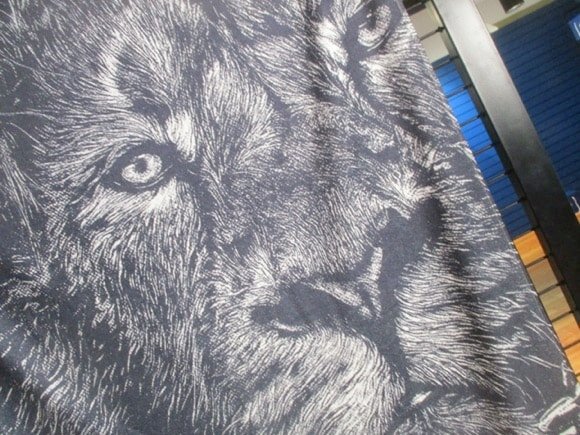
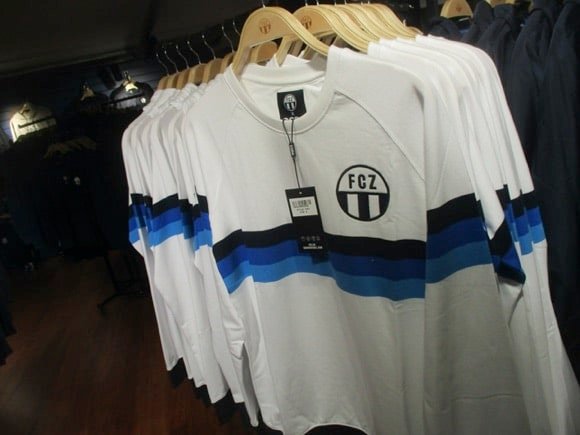

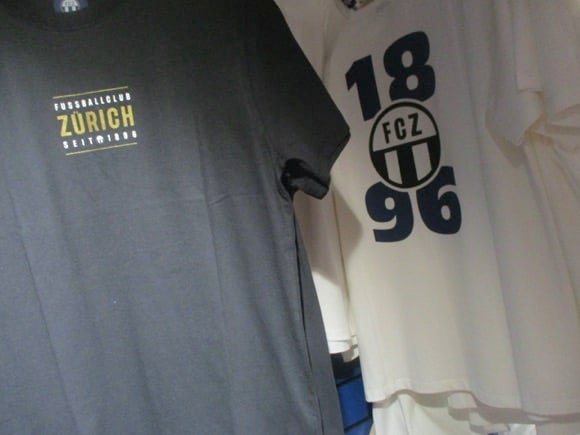
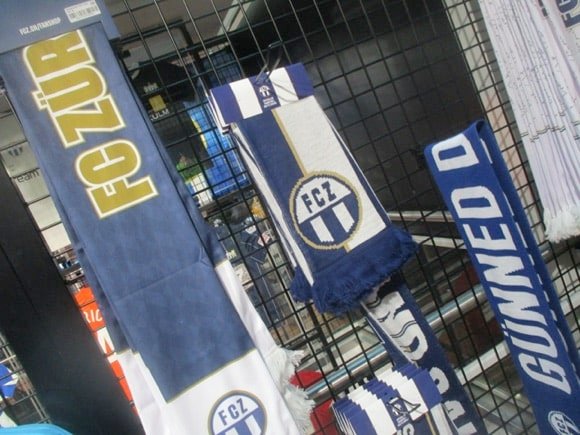
Unlike Grasshoppers, FCZ run their own shop (Mon-Fri 10am-6.30pm, Sat 10am-5pm) in town, at Freischützgasse 1, within easy reach of Zürich main station.
For 2024-25, the combination of blue and white for the home shirt is a somewhat West Brom-like thick blue stripe down the middle, bordered by white. Among the ‘must-haves’ are frilly pennants, gym bags and rubber ducks for the bath.
There’s also a whole range of beach gear, from towels to trunks and even parasols. Retro togs hark back to the 1970s – the cycling jersey looks ace, if you’ve got the physique to carry it off.
In the same building, you’ll find the FCZ Museum (see below).
club museum
Explore the history of FCZ from Gamper to the present day
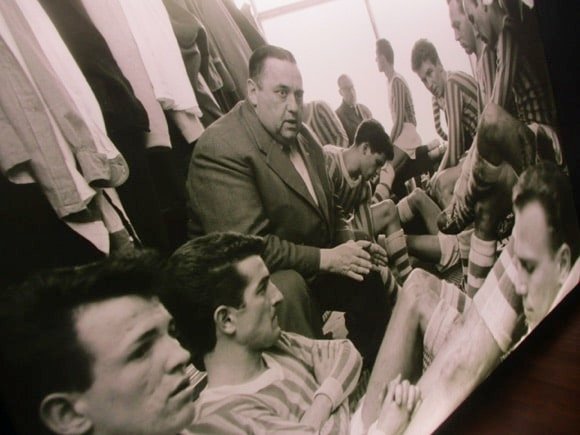

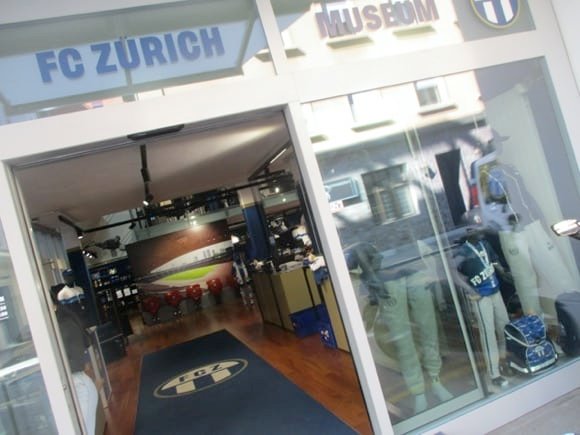
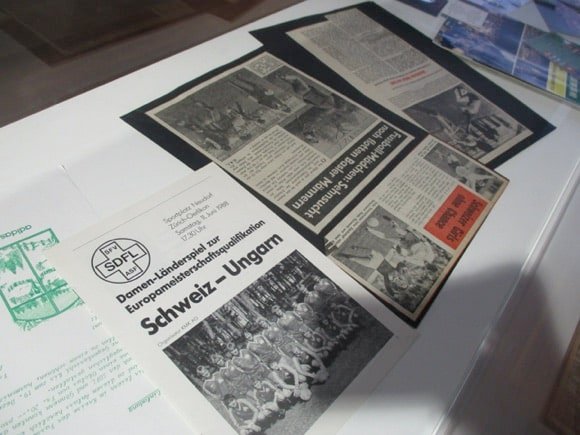
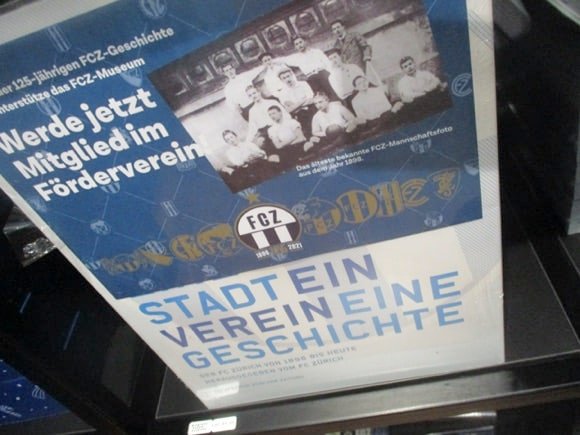
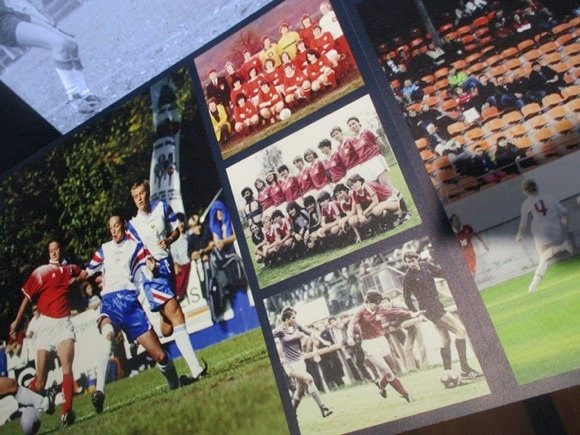
Downstairs from the club shop at Freischützgasse 1, with the same opening hours (Mon-Fri 10am-6.30pm, Sat 10am-5pm), the FCZ Museum is free to enter. One of the first things you see as you arrive is a large, cut-out likeness of Hans Gamper, more widely known as the founder of FC Barcelona but also involved in the early days of FCZ – born in nearby Winterthur, he spent most of his youth in Zürich.
The golden era of the 1970s is depicted with blow-up images, match posters and even vinyl records, with pride of place given to all-time hero Köbi Kuhn. The enthusiasts who collated the memorabilia here were also responsible for creating the mural of the loyal player/trainer, on display on Zentralstraße near the Letzigrund.
The FCZ women’s team is also featured in significant detail, and German speakers can pick up copies of the club’s FCZ-Revue, FCZ fans’ glossy mouthpiece Daleó and cult Swiss publication Zwölf.
For the Euros 2025, a special exhibition dedicated to the women’s game in Switzerland, Frauen am Ball, fills one half of the display space with photographs illustrating the history of the Swiss national team. The exhibition is free to enter and runs until September 15, 2025.

